Email Marketing in 2025 and Beyond: A Data-Backed Examination
Every year, without fail, a new headline declares the death of email. Pundits point to the rise of social media, the immediacy of messaging apps, and the transformative potential of AI search as evidence of its impending irrelevance. Yet,...
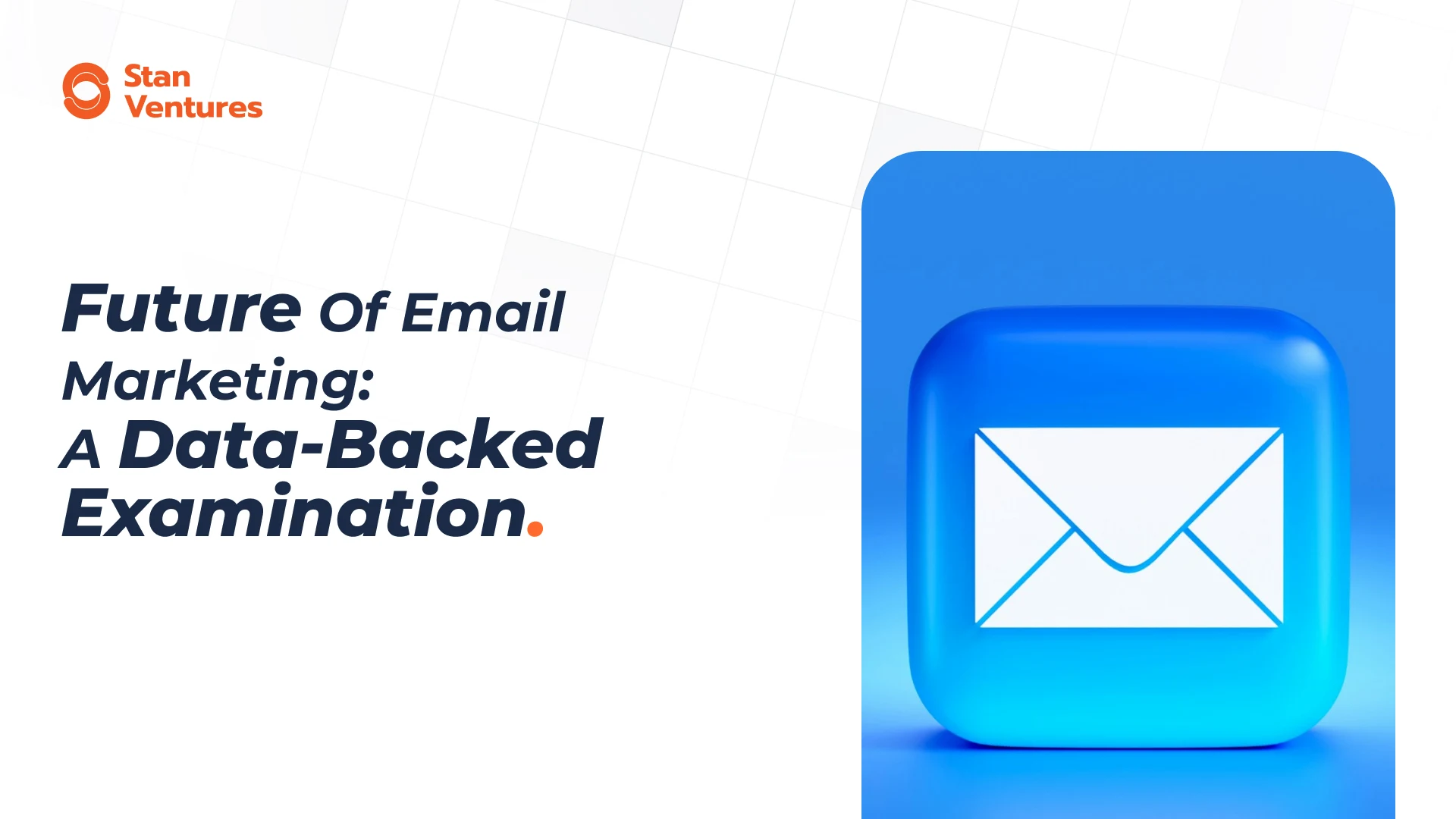
Every year, without fail, a new headline declares the death of email. Pundits point to the rise of social media, the immediacy of messaging apps, and the transformative potential of AI search as evidence of its impending irrelevance.
Yet, every year, the data tells a different story. Email is not just surviving; it is a dominant force in digital communication, connecting with a staggering 4.5 billion global users.
This figure alone establishes its unmatched scale and dismisses any notion of obsolescence.
Free SEO Audit: Uncover Hidden SEO Opportunities Before Your Competitors Do
Gain early access to a tailored SEO audit that reveals untapped SEO opportunities and gaps in your website.
This post will demonstrate that email is not merely surviving but actively thriving.
Its unwavering performance is built on three core pillars that have allowed it to evolve alongside the digital landscape: strategic adaptability, deep personalization through sophisticated segmentation, and a disciplined mobile-first approach.
Rather than being replaced, email has integrated new technologies and strategies to become more relevant and powerful than ever.
The following analysis moves beyond popular narratives to provide a data-backed examination of why email continues to deliver exceptional return on investment and remains a cornerstone of modern marketing strategy.
A Quantitative Look at Email Performance
In a landscape crowded with fleeting trends, strategic marketing decisions must be grounded in objective data, not popular narratives. The perception of email as an outdated tool crumbles when confronted with its real-world performance metrics.
This section dissects the key performance indicators that unequivocally prove email’s high value and consistently superior return on investment (ROI).
Foundational Metrics: Engagement, Reach, and ROI
Email’s power begins with its deep, habitual integration into daily life. An overwhelming 88% of users check their email multiple times daily, with a significant 39% opening their inbox 3 to 5 times every day.

This captive audience is then accessible at a scale other platforms cannot match. With 361.6 billion emails sent daily and an average deliverability rate of over 83%, email provides direct, reliable access to an audience—a stark contrast to the throttled organic reach of social media giants like Facebook (~5%) and Instagram (~9%).
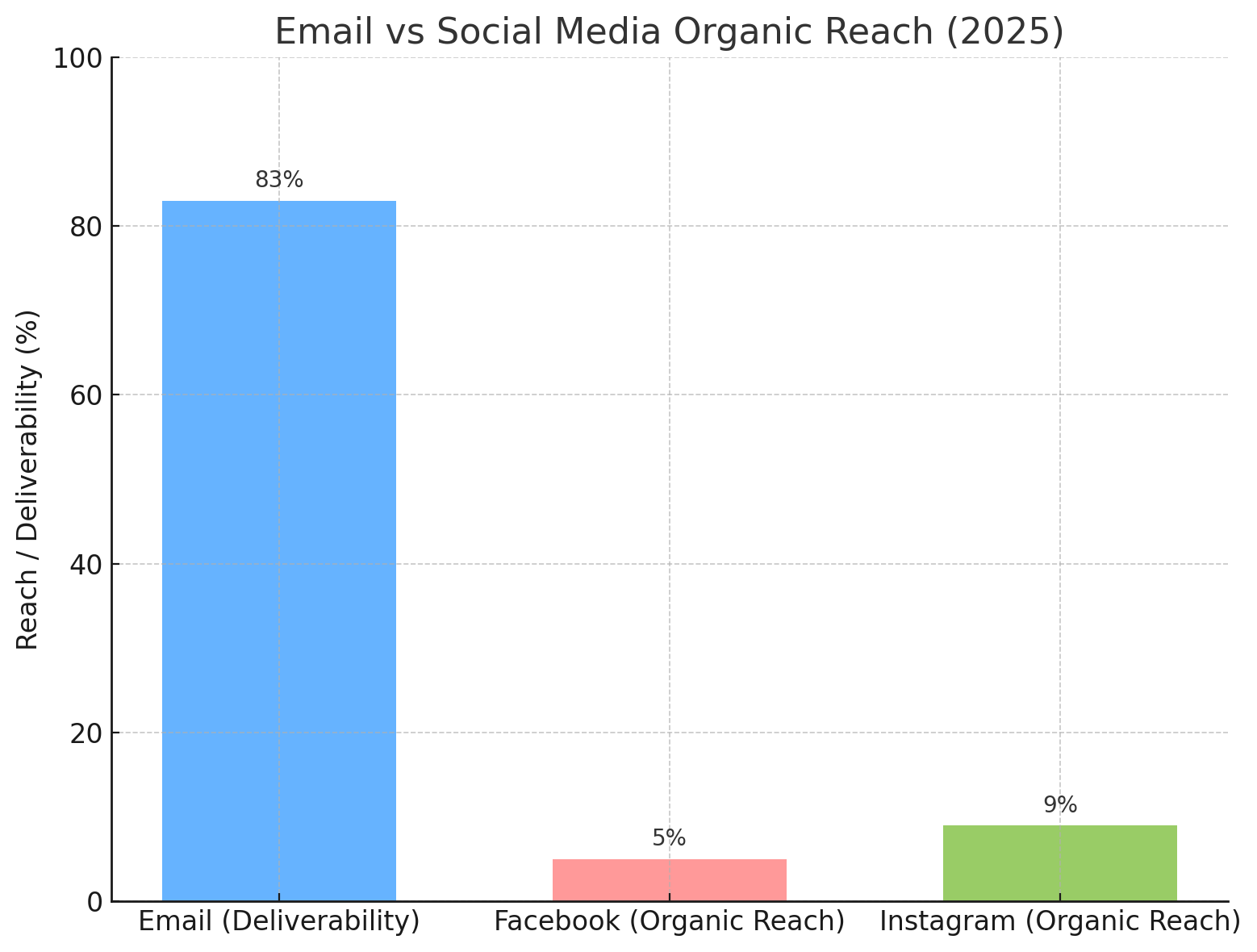
This combination of unparalleled reach and consistent engagement is what ultimately fuels its staggering financial return: an average of $36 for every $1 spent, making it one of the most profitable channels available to marketers today.
Industry Benchmarks: A Cross-Sector View of Performance
While overall ROI is compelling, performance metrics remain strong across diverse industries. The following benchmarks demonstrate email’s consistent ability to capture audience attention, even in highly competitive sectors.

| Industry | Average Open Rate |
| B2B/Career | 35–45% |
| Ecommerce/DTC | 32–42% |
| Nonprofits | 25–40% |
| SaaS | 20–30% |
| Retail | 15–38% |
What makes these benchmarks particularly compelling is that even the lowest-performing industries often outperform engagement rates on rented channels like social media.
Beyond the open, average Click-Through Rates (CTRs) hold steady in the 2.3–3.25% range. Critically, marketers who employ advanced strategies are pushing those CTRs beyond 4%, turning audience attention into tangible action.
This data clearly illustrates what email is achieving. The next section will explore why—the strategic drivers that power these impressive results.
Decoding High Performance: The Strategic Drivers of Email Success
The high performance detailed in the previous section is not accidental; it is the direct result of deliberate, sophisticated strategies.
A generic email blast is a relic of the past. Today’s top-performing campaigns are powered by a trifecta of personalization, automation, and mobile optimization that transforms a simple message into a powerful, revenue-driving tool.
This section deconstructs these core strategic drivers.
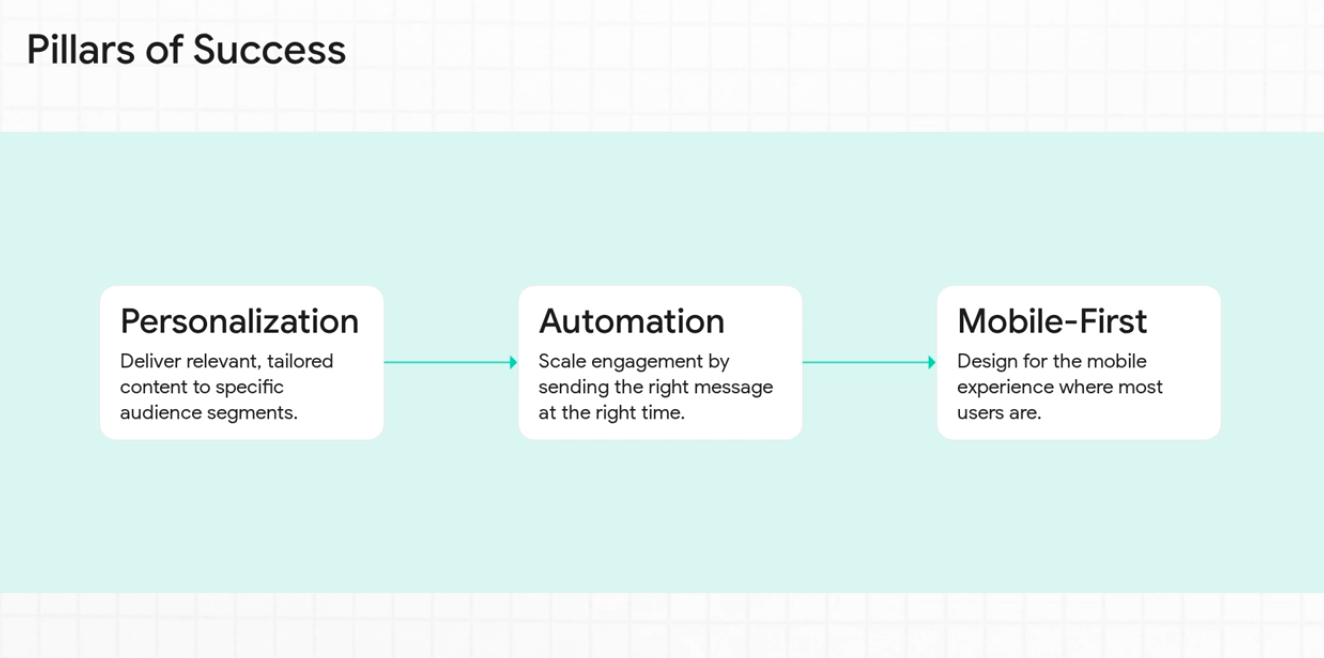
Personalization and Segmentation: The Foundation of Relevance
In an era of information overload, relevance is paramount. Personalization and segmentation are the mechanisms that ensure an email resonates with its recipient.
By tailoring content, offers, and messaging to specific audience segments, marketers can cut through the noise and deliver genuine value.
The performance uplift is dramatic:

A compelling real-world example comes from a direct-to-consumer (DTC) skincare brand that implemented age-based segmentation.

By tailoring product recommendations and messaging to different age cohorts, the company lifted its average CTR from 2.8% to 4.6%, proving that a deeper understanding of the audience translates directly to better engagement.
It’s also proven that email campaigns paired with SMS, push notifications, and retargeting create an omnichannel or multi-touch ecosystem that keeps brands top of mind. For example, retailers who combined cart abandonment emails with SMS reminders saw conversion rates lift by 20–25% compared to email-only campaigns.
Strategic Automation: Scaling Engagement with Precision
Automation allows marketers to scale personalized engagement by delivering the right message at the exact moment it is most relevant.
These behavior-triggered campaigns—often referred to as lifecycle marketing—consistently outperform generic broadcasts because they are timely and contextual. The data confirms their immense impact on both revenue and engagement:

Lifecycle emails, such as welcome messages or post-purchase follow-ups, perform 3x better than generic blasts.
Welcome sequences alone achieve 33% more engagement than standard promotional campaigns.
Nowhere is this precision more profitable than in cart abandonment automation. By strategically targeting customers at the moment of hesitation, businesses can recover 10-15% of otherwise lost sales—a direct and substantial impact on the bottom line.
The Mobile-First Imperative: Meeting Users in Their Palm
Today, the inbox is a mobile experience. Ignoring this reality is a critical strategic error with immediate consequences. The data is unequivocal:
More than 50% of all emails are opened on mobile devices. 50% of users will delete an email immediately if it is not optimized for their device.
A mobile-first design philosophy is no longer optional; it is a prerequisite for success. When a user is forced to pinch and zoom to read a message, engagement plummets. Conversely, a seamless mobile experience drives results.
Retailers who invested in improving their mobile email design saw a direct 24% increase in click-through rates, demonstrating the tangible ROI of prioritizing the user experience where it matters most.
These strategic drivers are the engine behind email’s success. The following section will show how they are being applied in the real world across various industries.
Email in Action: Cross-Industry Case Studies
The true measure of any marketing channel is its versatility and its ability to deliver results against specific business objectives.
Email marketing excels in this regard, moving seamlessly from theory to practice. This section showcases how different industries are leveraging email’s core strengths—personalization, automation, and direct audience access—to reduce churn, grow sales, shorten complex sales cycles, and inspire action.
SaaS: For software-as-a-service companies, customer retention is paramount. By implementing targeted onboarding email sequences, SaaS businesses are guiding new users toward key features and demonstrating value from day one. These campaigns see open rates of over 40% and have been proven to reduce customer churn by 12%, directly protecting recurring revenue streams. Ecommerce/DTC: In the competitive world of direct-to-consumer sales, email is a revenue-driving powerhouse. One fashion brand, for example, used personalized triggers based on browsing history and past purchases to increase monthly sales by 25%.Across the industry, automated abandoned cart campaigns are a standard tool for revenue protection, recovering between 10-15% of lost sales on average, with top-performing programs achieving an impressive 20% recovery rate.
B2B: Business-to-business sales often involve long, complex decision-making processes. Strategic email nurture workflows are highly effective at guiding prospects through this journey. By delivering relevant case studies, white papers, and webinars over time, B2B marketers have been shown to shorten sales cycles by 3 to 4 weeks, accelerating the path from lead to customer. Nonprofits: For mission-driven organizations, building a connection with supporters is essential. Nonprofits are using donor-segmented campaigns to tailor their messaging based on past giving history and engagement levels.This personalized approach was instrumental in helping organizations double their year-end donations, proving email’s profound power in fundraising and community building.
These examples highlight not only what is possible but what is already being achieved. The final step is to provide a framework for replicating this success.
A Framework for Excellence: Actionable Recommendations for Marketers
Understanding the data and observing success in others are important first steps, but market leadership requires decisive action.
Marketing professionals can implement these steps to elevate their email programs from average to exceptional and maximize their return on investment.
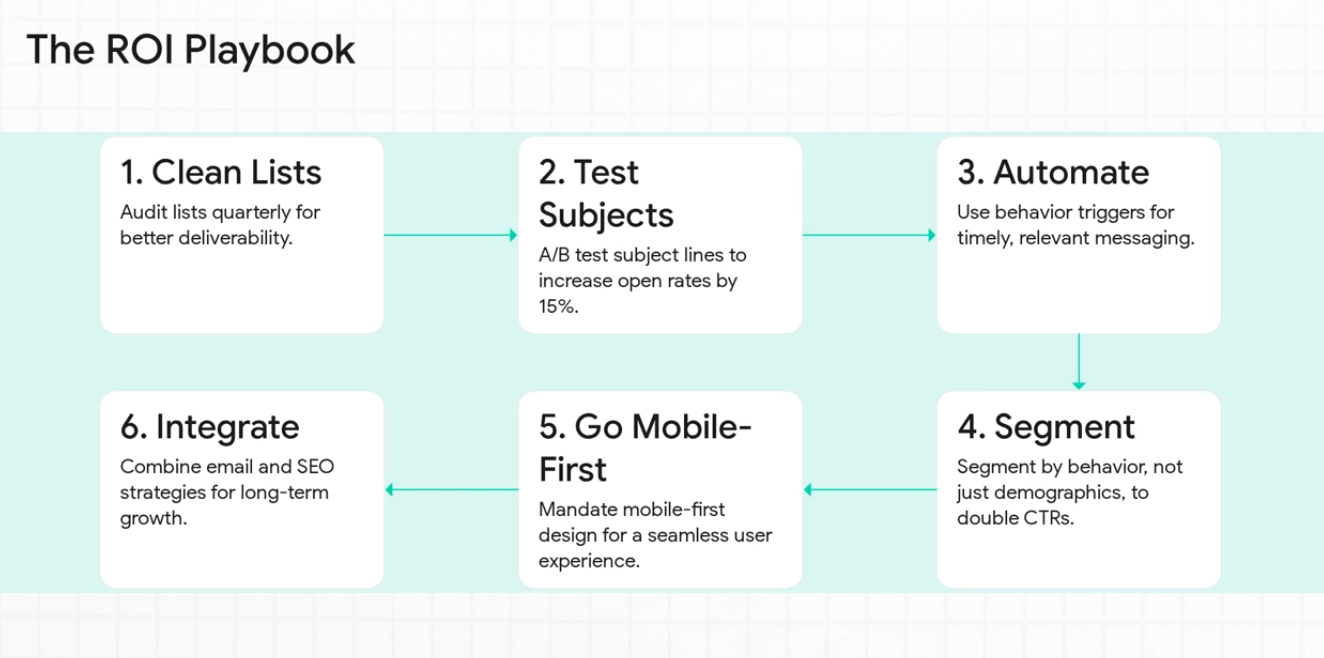
Implementing these recommendations is the bridge between achieving average results and becoming a market leader in harnessing the power of email marketing.
Despite perennial claims of its demise, the data presented in this analysis paints a clear and unambiguous picture: email’s performance is not just consistent, it is exceptional. Far from being a relic, it has evolved into a sophisticated, data-driven channel that continues to outperform newer, flashier platforms on the metrics that matter most.
Email’s enduring power lies in its unique combination of universal reach, proven ROI, and profound adaptability. Through intelligent strategies like automation, personalization, and mobile-first design, it delivers relevant, timely, and valuable communications directly to the user.
Its integration into modern life is undeniable, with 85% of Gen Z using it weekly for their professional and commercial activities, securing its relevance for the next generation.
Email is not eroding; it is refining its role as the backbone of profitable, data-driven marketing. For the strategist, the conclusion is clear: neglect it at your own peril.
The data is clear: email marketing wins when executed with precision. If you are ready to unlock new growth by integrating smarter segmentation, automation, and SEO synergy into your campaigns, we invite you to book a free strategy call with Stan Ventures.
Dileep Thekkethil is the Director of Marketing at Stan Ventures and an SEMRush certified SEO expert. With over a decade of experience in digital marketing, Dileep has played a pivotal role in helping global brands and agencies enhance their online visibility. His work has been featured in leading industry platforms such as MarketingProfs, Search Engine Roundtable, and CMSWire, and his expert insights have been cited in Google Videos. Known for turning complex SEO strategies into actionable solutions, Dileep continues to be a trusted authority in the SEO community, sharing knowledge that drives meaningful results.

 Konoly
Konoly 










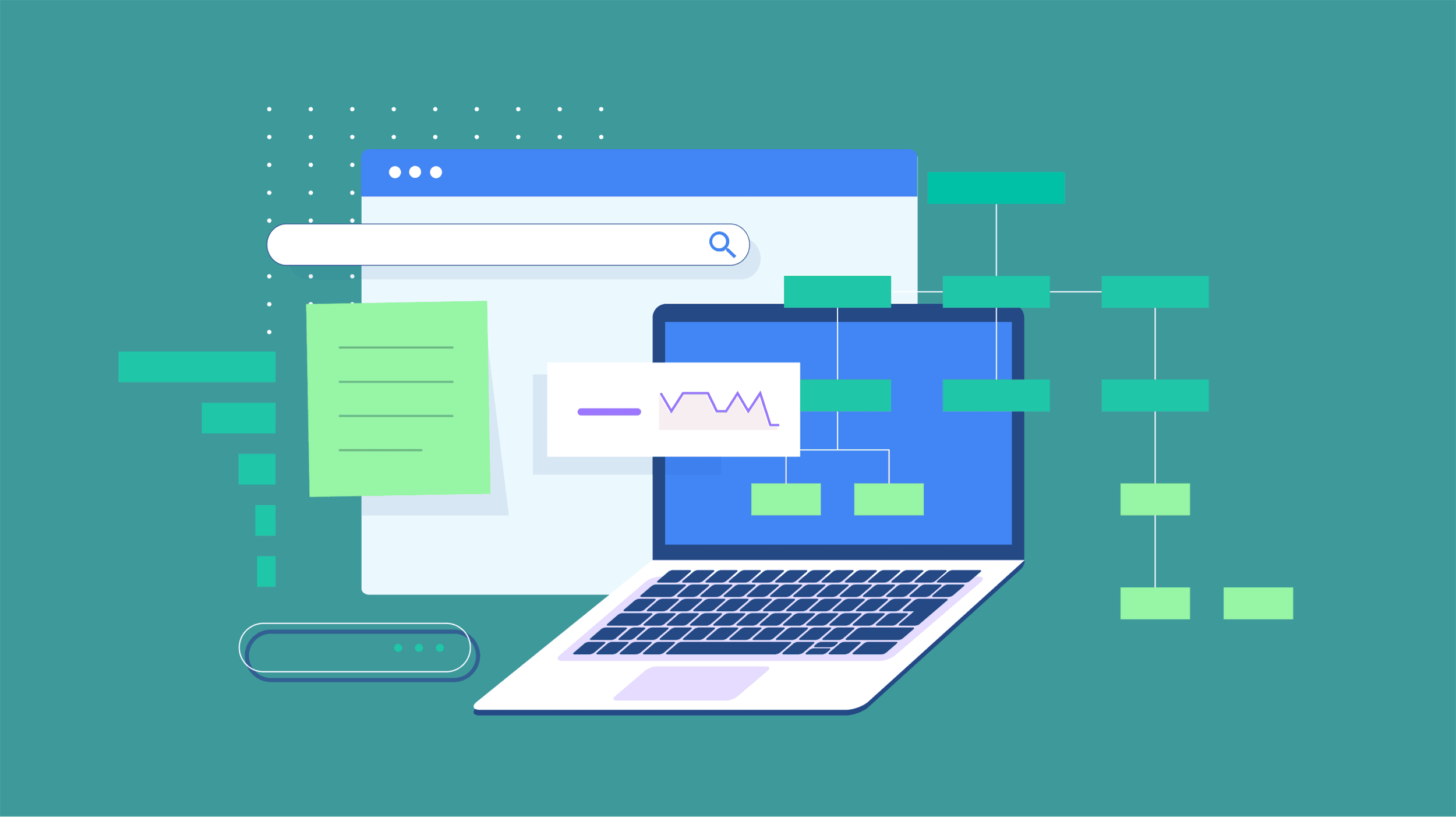









![The 2026 AI Search Benchmark Every SEO Leader Needs [Webinar] via @sejournal, @lorenbaker](https://www.searchenginejournal.com/wp-content/uploads/2025/11/1-259.png)










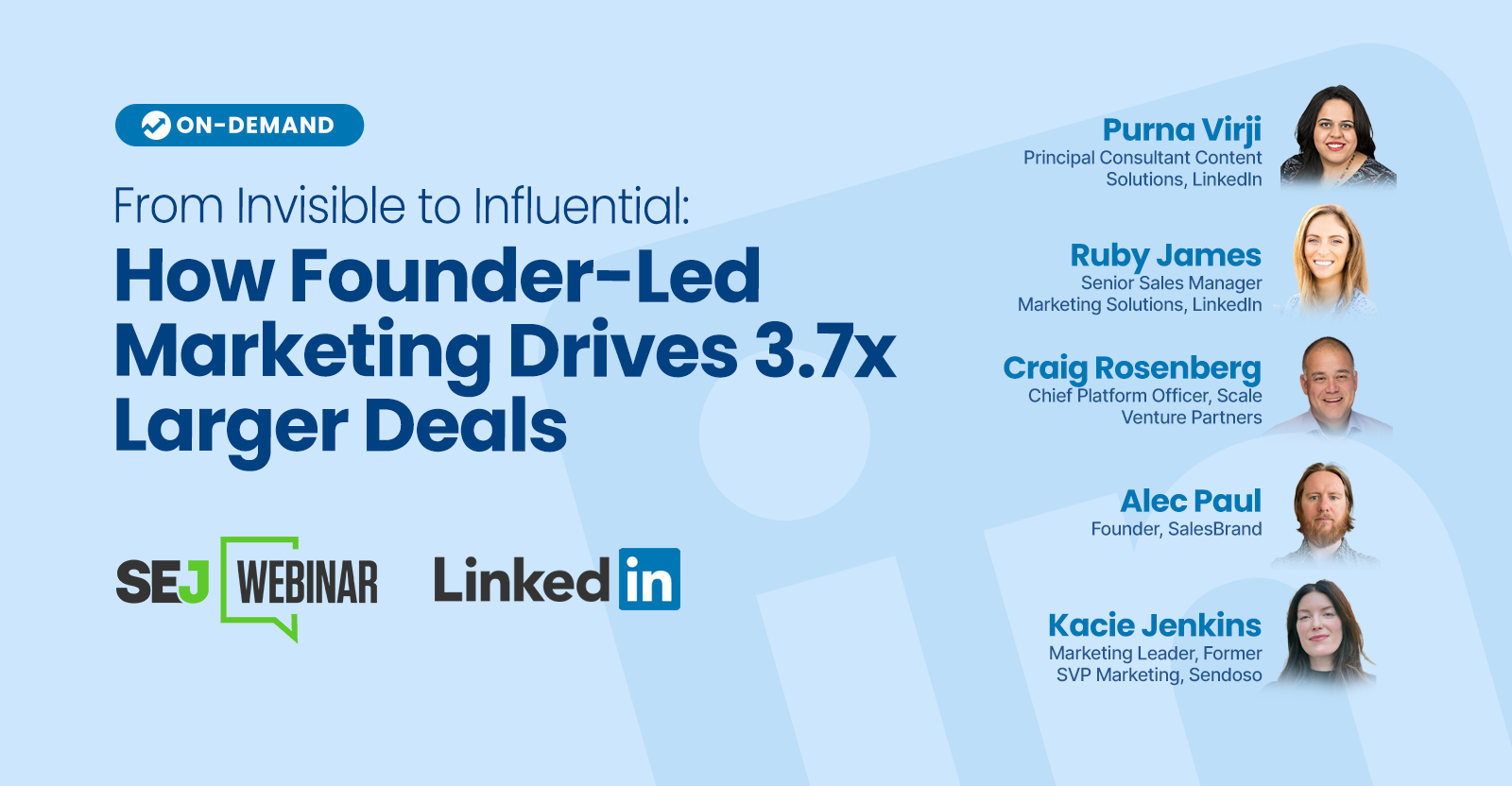

![Key Trends for Social Media Marketing in 2026 [Infographic]](https://imgproxy.divecdn.com/xYNkTUidoACgv221u37kAXP26fynLIf27LxWQKhpM5c/g:ce/rs:fit:770:435/Z3M6Ly9kaXZlc2l0ZS1zdG9yYWdlL2RpdmVpbWFnZS9lbXBsaWZpX21hcmtldGluZ19zdXJ2ZXlfaW5mbzIucG5n.webp)